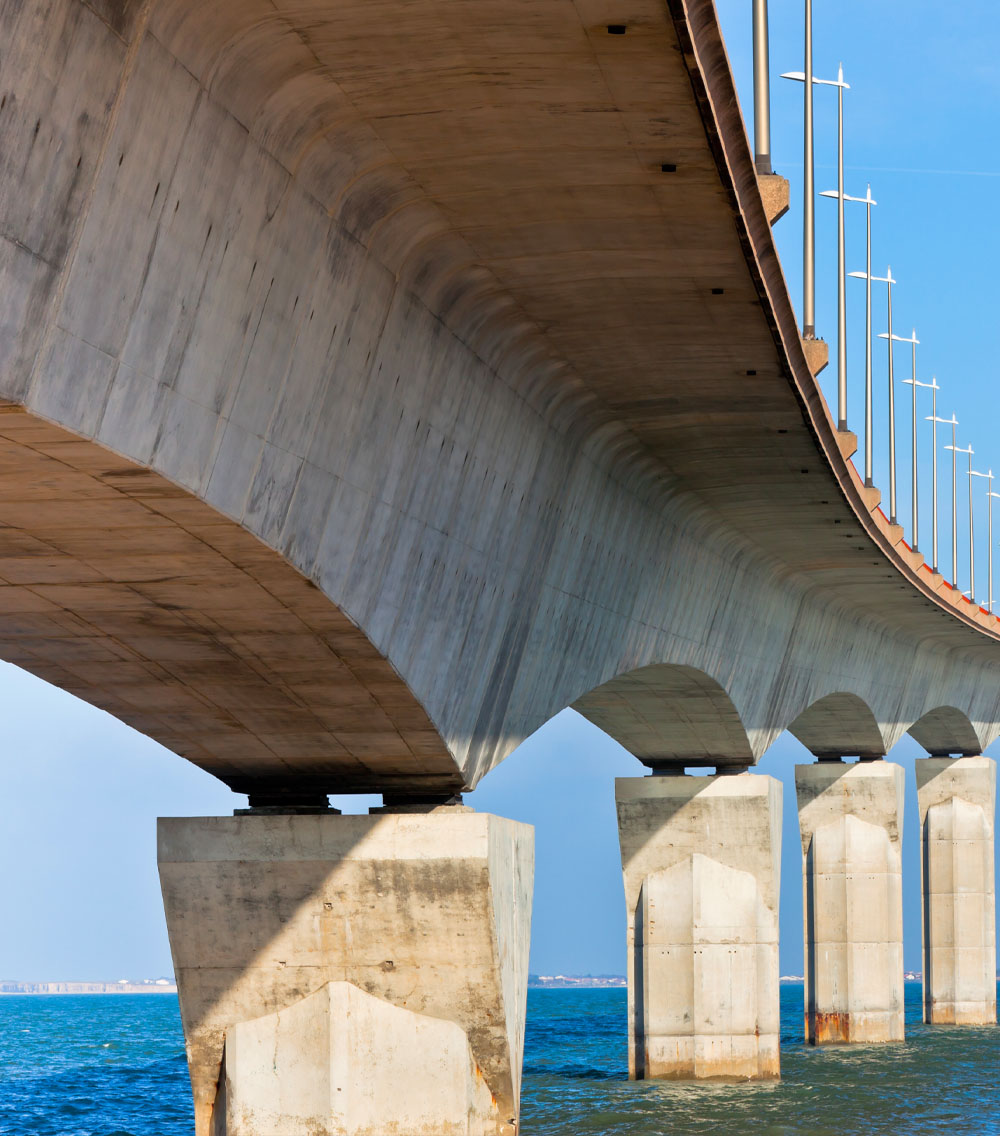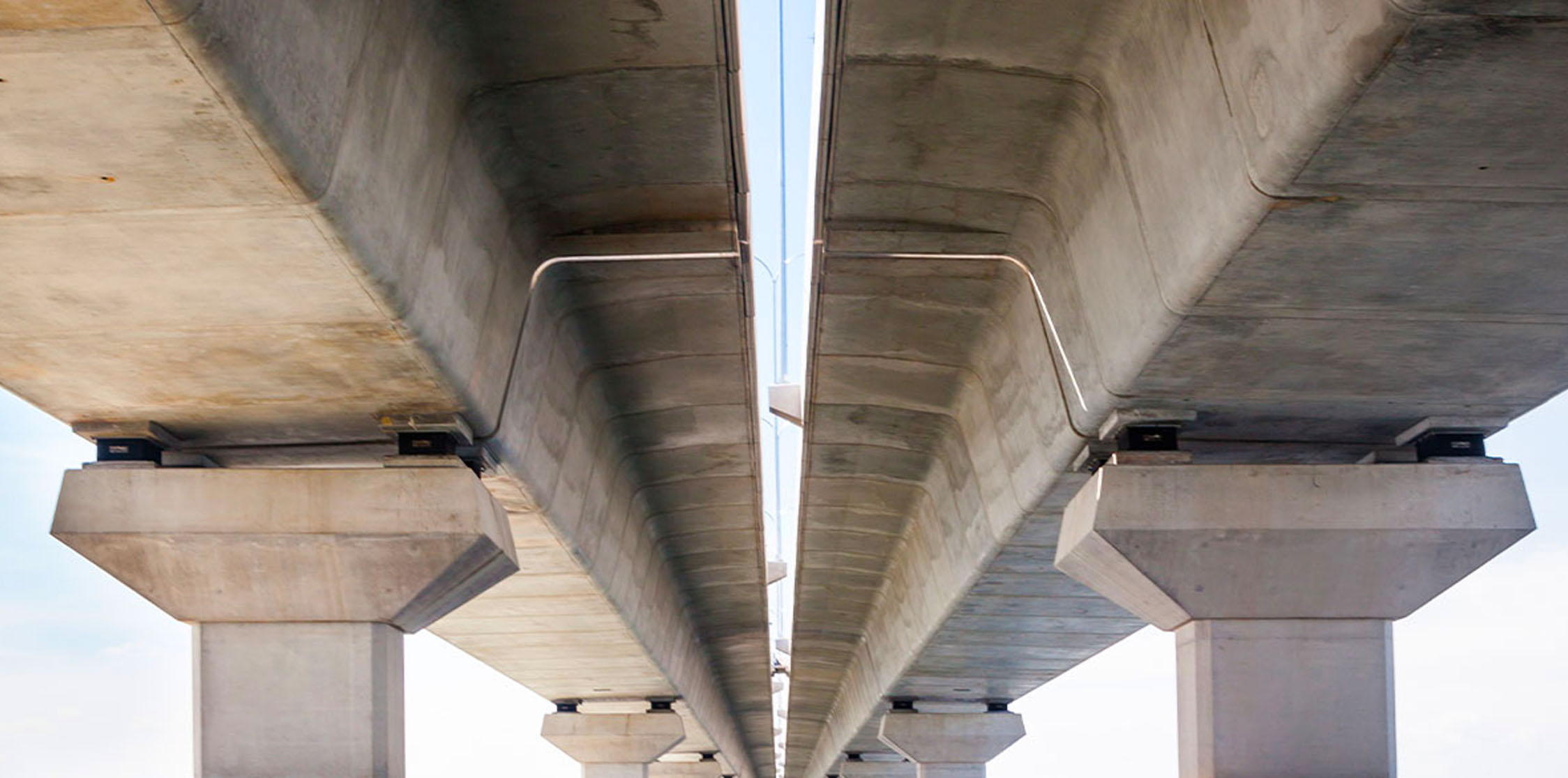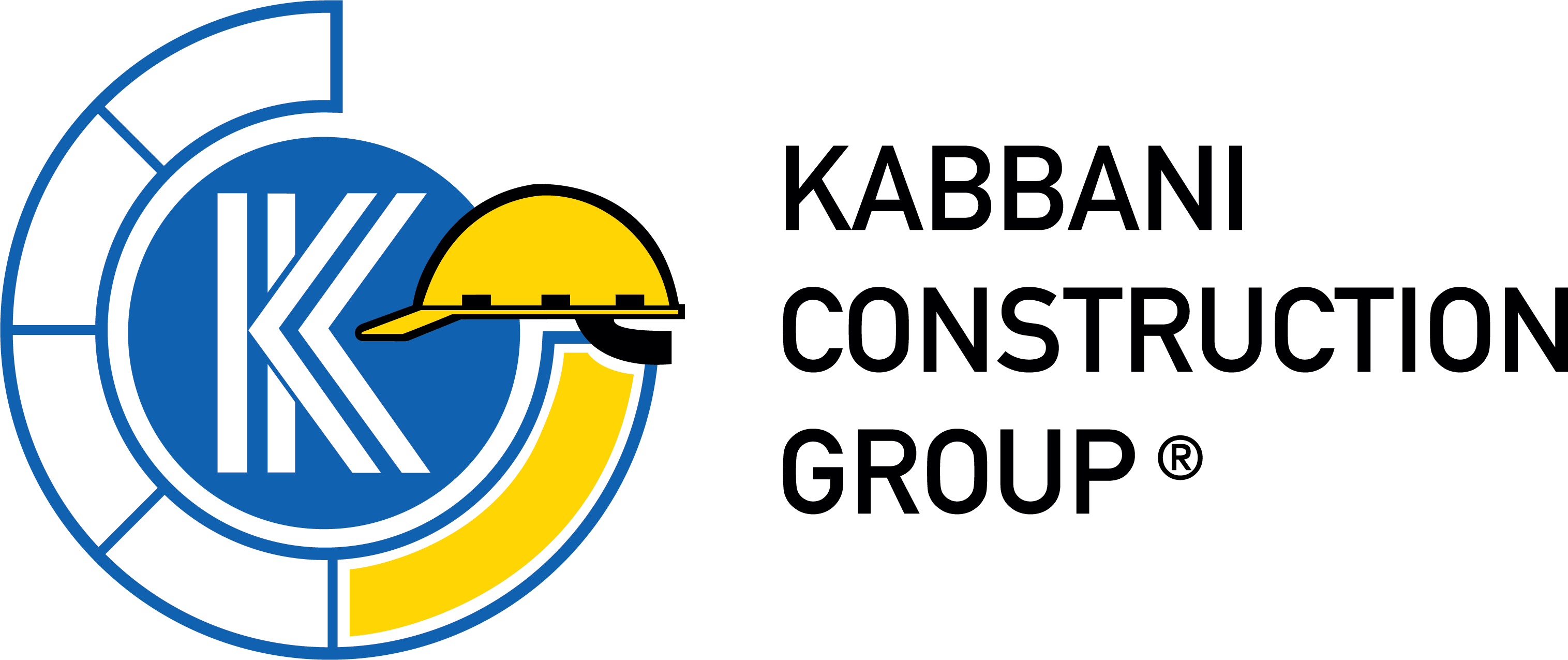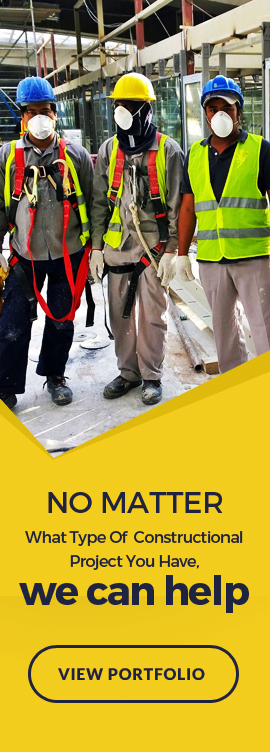Bridge Bearing
A bridge bearing is a component of a bridge which typically provides a resting surface between bridge piers and the bridge deck.
The purpose of a bearing is to allow controlled movement and thereby reduce the stresses involved. Possible causes of movement are thermal expansion and contraction, creep, shrinkage, or fatigue due to the properties of the material used for the bearing.
External sources of movement include the settlement of the ground below, thermal expansion, and seismic activity. Bridge bearings also make room for relative movements between superstructure and substructure, for instance, rotation movements and translational movements in the horizontal and transverse directions.

Bridge bearing has many functions, some of which are listed below.
- They transfer forces from bridge superstructure to substructure. Mainly two types of loads: Vertical Loads such as the structure’s weight and vehicle load, and Lateral Loads including earthquake and wind forces.
- They permit movements like translation and rotation in between girders and pier caps of bridges to accommodate movements such as thermal expansion.
- It simplifies the load transfer mechanism and hence, making analysis easier.

Types of Bridge Bearing
Sliding Bearings
Sliding bearing consist of two metal plates, commonly stainless-steel plates, that slide relative to each other and hence makes room for translational movement and lubricating material between them. A friction force is generated in sliding bearing and it is imposed on substructure, superstructure and sliding bearing itself. So, it may be required to provide lubricant such as polytetrafluoroethylene (PTFE) to decline generated friction. It is specified by ASSHTO that sliding bearing cannot be used unless the bridge span is smaller than 15m. This is because sliding bearing cannot be purely used if the bridge experiences rotation movement. However, the span restriction for sliding bearing utilization can be disregarded when it is used in combination with other bearing types.
Rocker and Pin Bearings
Rocker is an expansion bearing composed of curved surface at the bottom, which accommodate translational movement and a pin at the top makes room for rotation movement. Pin bearing is a fixed bearing that make room for rotation movement through the application of steel pin. It has similar structure and component like rocker bearing apart from the bottom of pin bearing which is flat and fixed to the concrete pier.
Roller Bearings
Roller bearing can be used in the construction of reinforced concrete and steel bridge structure. There are two main configurations including single roller bearing which is composed of one roller placed between two plates and multiple roller bearing that consist of several rollers installed between two plates. The former can accommodate both rotation and translation movement in longitudinal direction and it is cheap to manufacture but its vertical load capacity is limited. In contrary, the latter can make room for translation movement only and rotation movement can be accommodated if rollers are combined with pin bearing. Multiple roller bearings are expensive and support considerably large vertical loads. Regular inspection and rehabilitation should be conducted since roller bearing are susceptible to corrosion and damages.
Looking For Specialized Contracting Services?
We offer various specialized engineering services through our 21 companies, ranging from waterproofing to fireproofing to concrete repair to steel fabrication.


